Queen's Baton Relay: Papua New Guinea's rich biodiversity
- Published
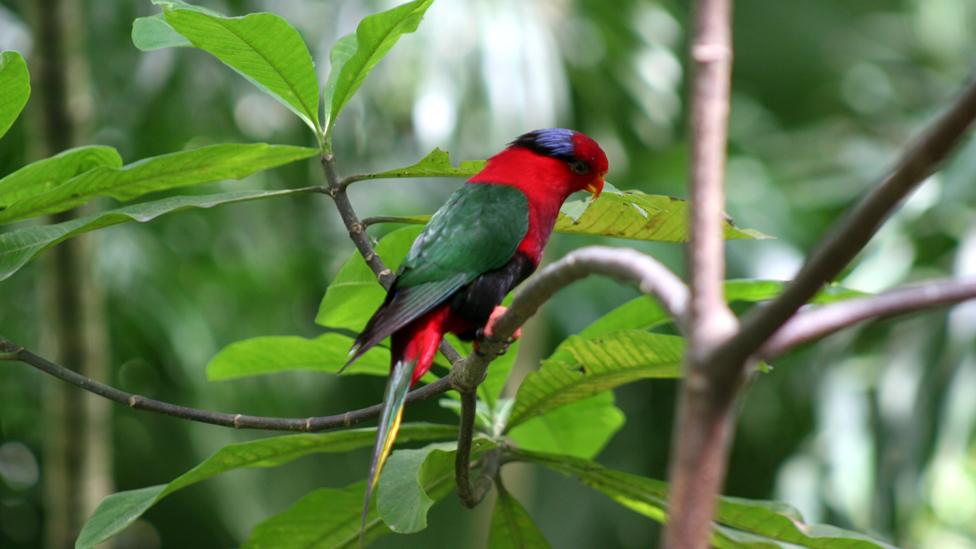
A Papuan lorikeet photographed in Port Moresby Nature Park. Papua New Guinea has around 7% of the world’s biodiversity in just 1% of the world’s total land area.
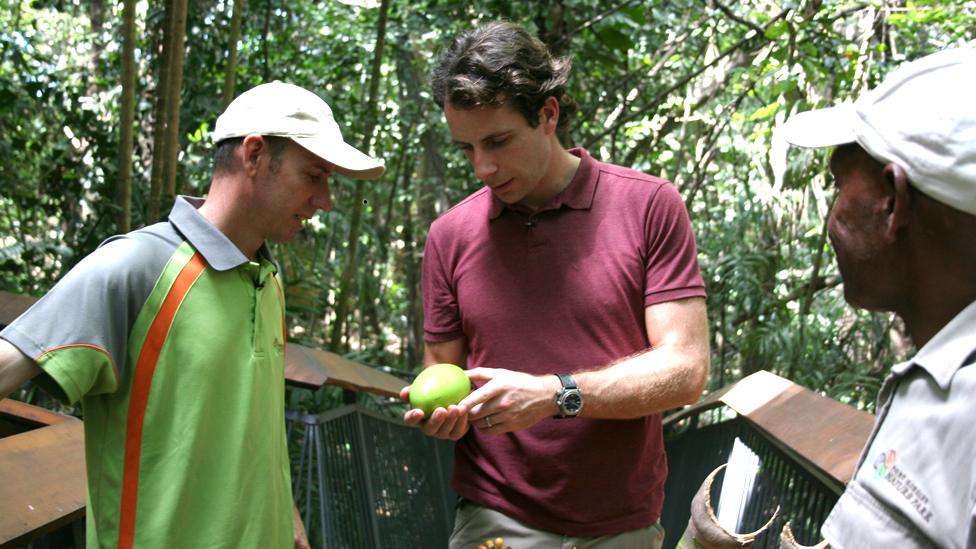
BBC Queen's Baton Relay presenter Mark Beaumont holds a rare cassowary egg during his day in Port Moresby Nature Park.
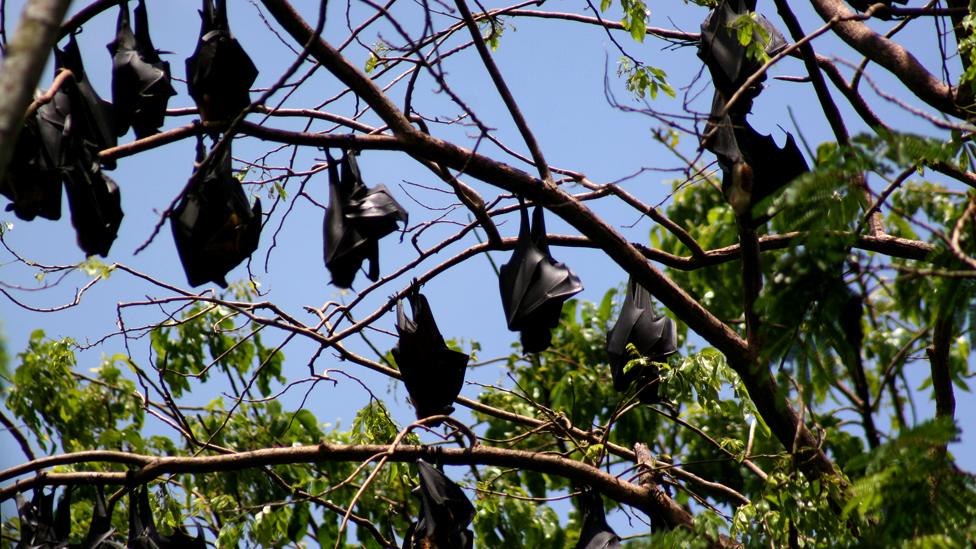
Black flying fox, a megabat species, are one of the largest bats in the world. The foxes feed mainly on pollen and nectar but have been known to eat mangos and apples when foods are scarce.
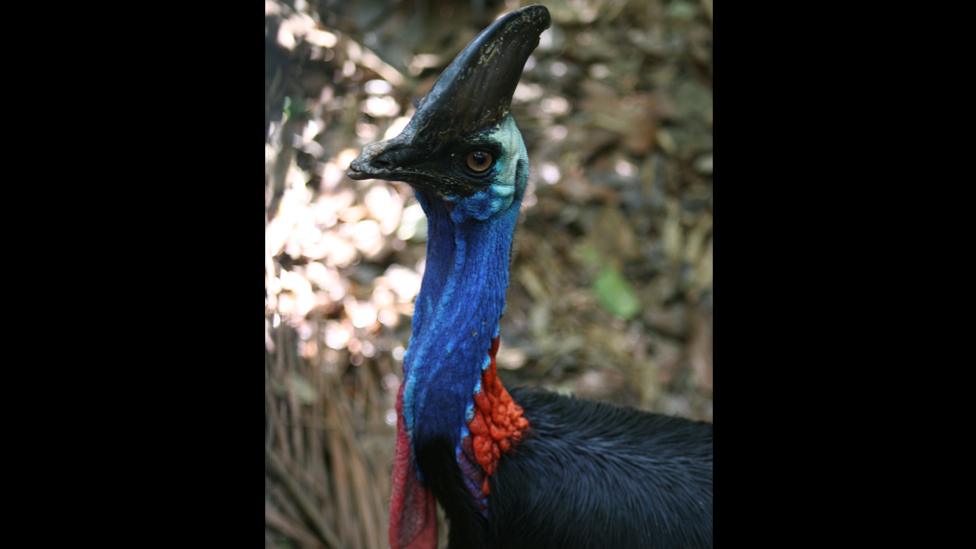
Southern cassowary are large flightless birds closely related to emus. They share many similar characteristics with ostriches. The birds are rated as a vulnerable species with habit loss from logging and feral animals effecting numbers.
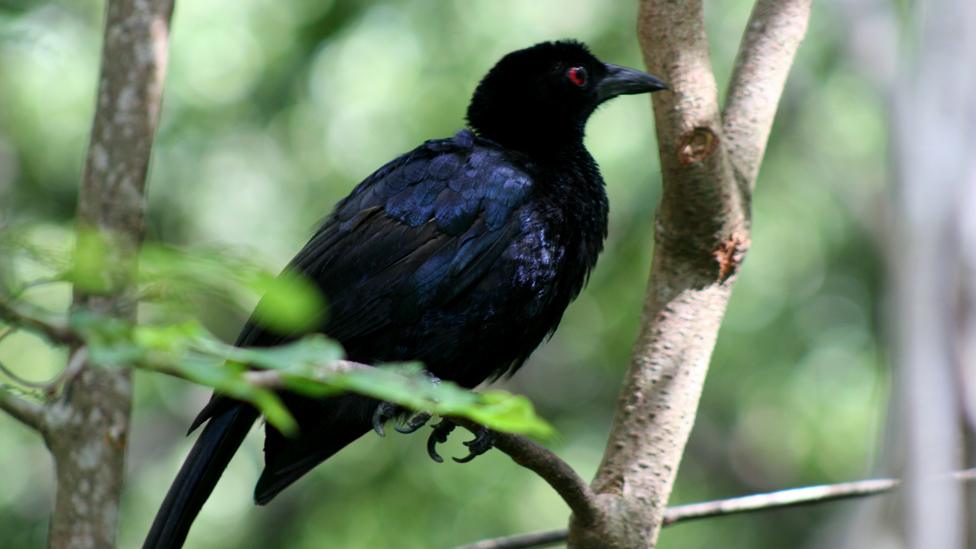
Port Moresby Nature Park is home to the first Crinkle-collared Manucode bred in the captivity in over 30 years.
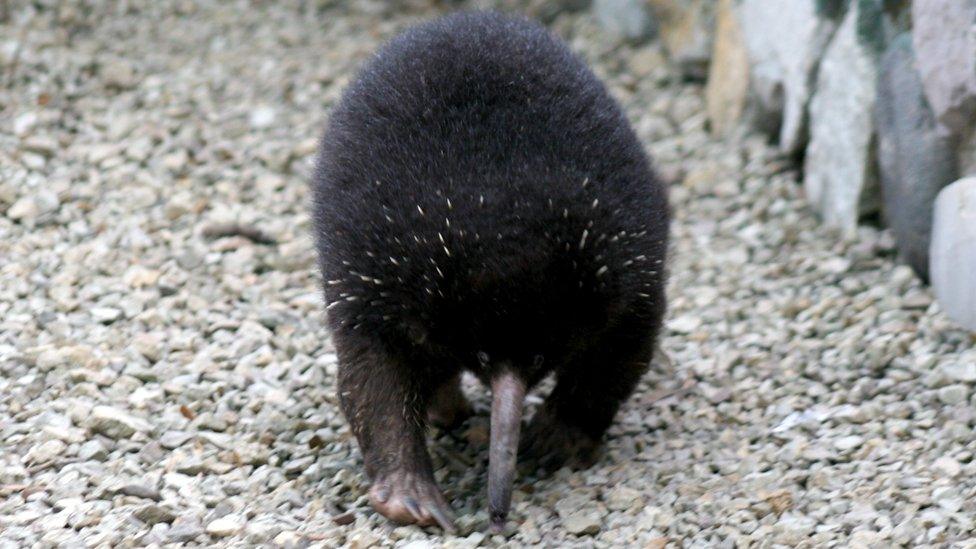
Long-beaked Echidna, one of only three in captivity in the world. Along with platypuses, echidnas are the only egg-laying mammals.
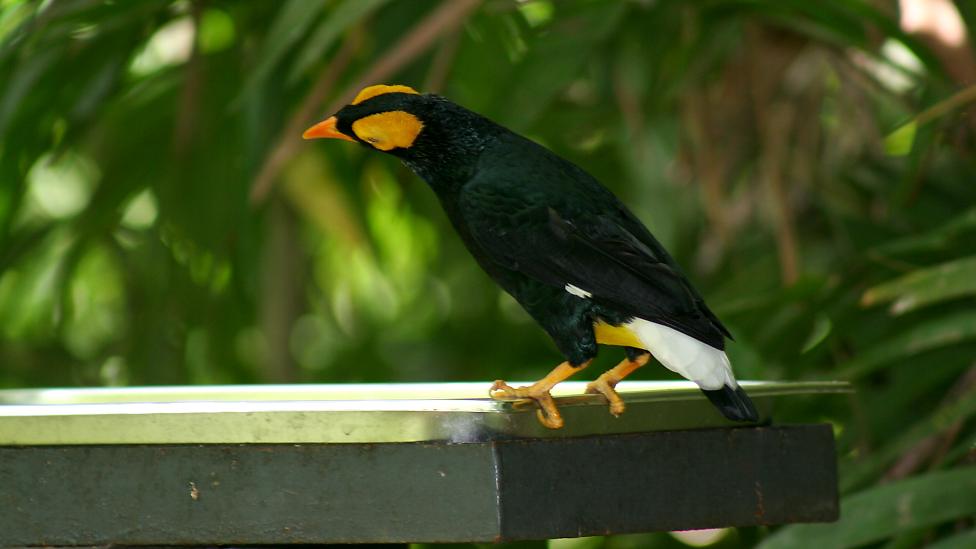
MacGregor’s bird of paradise, a large crow-like bird, also known as MacGregor's Honeyeater.
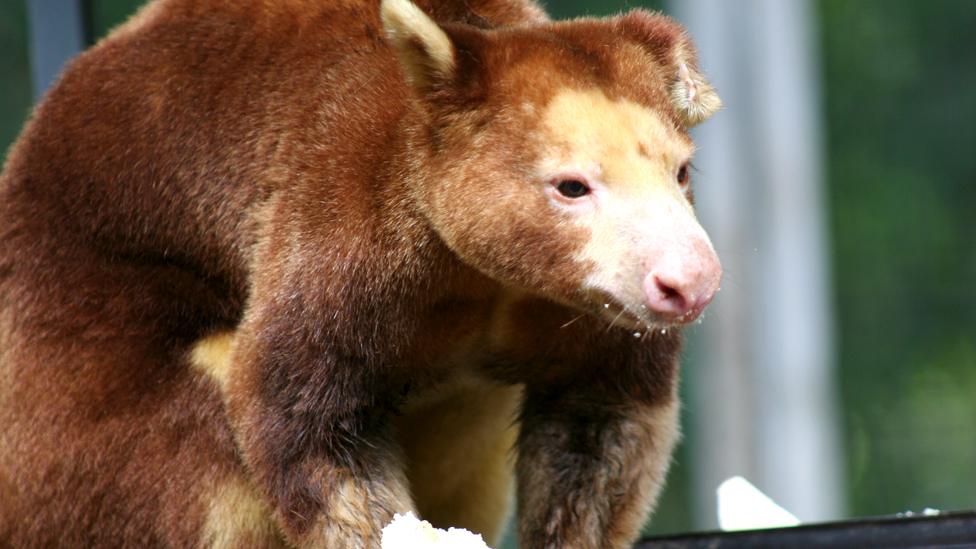
The endangered matschie tree kangaroo also known as the Huon tree-kangaroo is a tree dwelling kangaroo native to the Huon Peninsula of North Eastern Papua New Guinea.